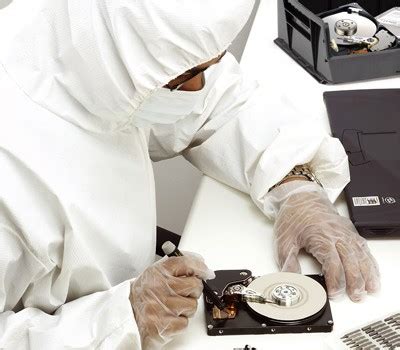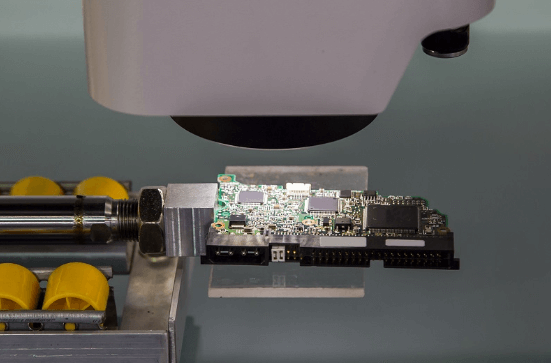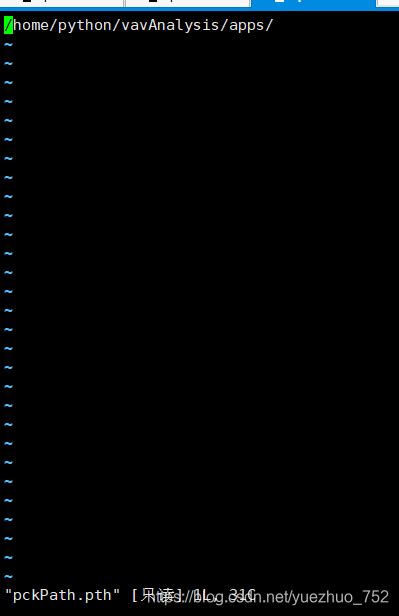Innovations in Electronic Component Assembly Processes
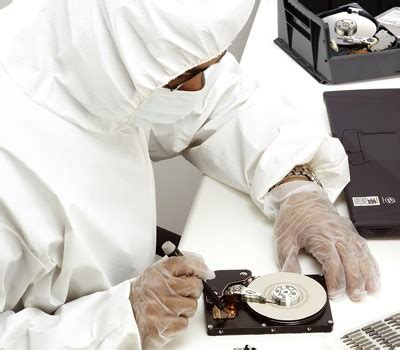
Key Takeaways
The field of electronic component assembly is undergoing significant transformation driven by technological advancements. PCB assembly processes have evolved, incorporating innovative techniques that prioritize efficiency and accuracy. As manufacturers adopt these changes, they are seeing remarkable improvements in their operations. For instance, implementing automated systems reduces human error during the PCBA process, leading to higher quality finished products.
Technologies such as pick-and-place machines and soldering robots are instrumental in enhancing assembly efficiency; these advancements not only speed up production but also ensure that components are precisely positioned on circuit boards. The integration of smart manufacturing practices allows for real-time monitoring of the assembly process, enabling quick adjustments to further optimize performance.
Cost reduction remains a primary objective for many companies in this sector. By implementing value engineering strategies and utilizing advanced materials, manufacturers can lower their overheads while maintaining the integrity of their products. Sustainable practices are increasingly being integrated into production lines, aligning with global initiatives to reduce waste and enhance resource utilization.
Overall, the future of electronic component assembly is promising, characterized by continuous innovation that shapes how components are built and assembled, ultimately ensuring that industries can meet the growing demand for more sophisticated electronics.
| Strategy | Importance | Benefit |
|---|---|---|
| Automation | High | Reduced labor costs |
| Advanced materials | Medium | Improved product durability |
| Real-time monitoring | High | Enhanced quality control |
| Sustainable practices | Increasingly Important | Lower environmental impact |
In summary, industry stakeholders must remain informed about these advancements to harness the full potential of modern assembly techniques in enhancing productivity and maintaining competitive advantage in a rapidly evolving market.
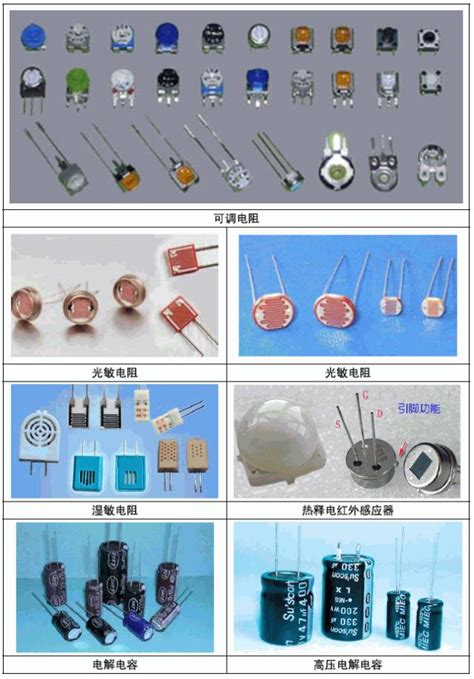
Introduction to Electronic Component Assembly: A Modern Overview
As technology evolves, the pcb assembly landscape is witnessing revolutionary changes that significantly enhance the processes involved in pcba. Understanding the fundamentals of electronic component assembly is crucial for both manufacturers and stakeholders in the industry. This modern overview emphasizes the critical role of innovative technologies and methods that are redefining how components are assembled. With advancements in automation and robotics, the precision of assembly processes has improved, leading to higher quality products.
Moreover, companies are increasingly focusing on streamlining workflows that not only enhance efficiency but also drive down production costs. From improved soldering techniques to advanced inspection systems, these innovations in electronic component assembly are setting benchmarks for quality management in manufacturing environments.
“Embracing cutting-edge solutions is essential for companies aiming to stay competitive in today’s fast-paced market.”
This dynamic field is also shifting towards sustainable practices, ensuring that electronic manufacturing processes meet environmental standards while maintaining high efficiency and performance levels. By integrating sustainable methodologies into pcb assembly, manufacturers can foster a culture of responsibility while still achieving growth and innovation.
In summary, as we delve deeper into this sector, it becomes increasingly clear that embracing these modern advancements is vital for those hoping to thrive amidst constant technological changes.
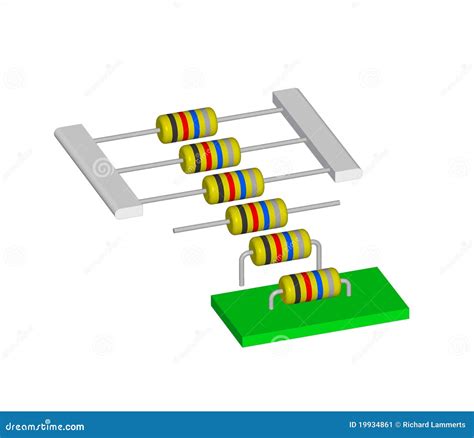
Key Innovations Transforming Electronic Component Assembly
The field of pcb assembly has witnessed remarkable advancements that are reshaping manufacturing processes. Innovative techniques are not just about increasing speed but also about enhancing quality and reliability. For instance, the adoption of automated assembly systems ensures a significant reduction in human error, leading to a more precise pcba output. Furthermore, the integration of smart technology allows for real-time monitoring and adjustment during production, which minimizes defects and reduces waste. Another pivotal development is the use of advanced materials that not only decrease manufacturing costs but also improve the durability of electronic components. Such innovations collectively create a more efficient and cost-effective assembly process while meeting the increasing demand for high-quality electronic devices. The ongoing evolution in pcb assembly practices reflects a commitment to innovation, ultimately paving the way for sustainable growth in this ever-changing industry landscape.
Advanced Techniques for Enhancing Assembly Efficiency
As the demand for sophisticated electronic devices continues to rise, the need for efficient pcb assembly processes becomes increasingly critical. The integration of advanced techniques in pcba has proven to be a game changer in enhancing assembly efficiency. One notable method is the implementation of automated assembly lines, which utilize cutting-edge robotics to streamline production workflows. By employing vision systems and machine learning algorithms, these systems significantly minimize human error while maximizing speed and accuracy. Another innovative approach involves using additive manufacturing in the creation of custom fixtures and tools, which allows for rapid prototyping and adaptation to specific assembly needs. Furthermore, the introduction of smart analytics enables real-time monitoring and adjustments, ensuring that any inefficiencies can be promptly identified and addressed. Collectively, these advancements not only reduce waste but also enhance the overall quality of electronic components being assembled. Through the continuous evolution of assembly techniques, manufacturers can stay competitive in a fast-paced technology landscape while meeting the growing expectations for higher performance and reliability in pcb assembly solutions.
Cost Reduction Strategies in the Assembly Process
In the rapidly evolving landscape of pcb assembly, it is crucial for manufacturers to implement effective cost reduction strategies to maintain competitiveness. One of the primary approaches involves optimizing the PCBA (Printed Circuit Board Assembly) workflow by leveraging technology to streamline processes. Techniques such as automated inspection systems reduce human error and increase accuracy, while smart supply chain management enables companies to secure materials at lower prices and minimize waste. By integrating advanced assembly technologies, such as pick-and-place machines, manufacturers can enhance speed without compromising quality, leading to reductions in labor costs and increased output. Additionally, utilizing modular assembly techniques allows for greater flexibility and adaptability in production lines, enabling firms to respond swiftly to market demands while keeping overheads low. Overall, these strategies are not just about immediate savings but also about establishing a sustainable model for long-term efficiency in the electronic component assembly sector.
Precision Manufacturing: Technologies Shaping the Future
The landscape of electronic component assembly, particularly in pcb assembly and pcba, is undergoing a transformation driven by technological advancements aimed at precision manufacturing. Innovations such as advanced robotics, sophisticated automated inspection systems, and machine learning algorithms are being integrated into assembly lines, enhancing the accuracy of placement and soldering processes. With the implementation of smart manufacturing techniques, companies can achieve a higher degree of precision, ensuring that each component is positioned exactly as required. Furthermore, the utilization of data analytics enables real-time monitoring, which not only identifies potential defects before they escalate but also optimizes workflow efficiency. As we explore these technological shifts, it becomes evident that the future of assembly will be characterized by a blend of human ingenuity and machine efficiency, forging pathways toward cost-effective and sustainable manufacturing practices in electronic components. The culmination of these efforts promises to redefine what is possible in pcb assembly series, making precision manufacturing a cornerstone of industry success moving forward.
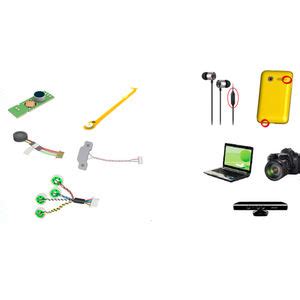
Robotics and Automation in Electronic Component Assembly
The integration of robotics and automation in electronic component assembly has revolutionized the way pcb assembly and pcba processes are conducted. By leveraging advanced robotic systems, manufacturers are able to achieve higher levels of precision and speed that were previously unattainable. Automation minimizes human error, which is crucial in achieving consistent quality in the assembly of electronic components. Furthermore, these technologies facilitate scalability, enabling organizations to rapidly adapt production volumes to meet fluctuating market demands without compromising on quality.
Innovations such as collaborative robots, or "cobots," are designed to work alongside human operators, enhancing productivity while ensuring safety within the workplace. With the implementation of artificial intelligence in robotic systems, manufacturers can now analyze data in real-time, allowing for immediate adjustments during production and leading to fewer defects in pcb assembly. As organizations continue to invest in these cutting-edge technologies, we can expect substantial improvements not only in efficiency and cost reduction but also in the overall reliability of pcba processes. The future of electronic component assembly is set to become increasingly automated, paving the way for smarter, more innovative manufacturing solutions that meet the growing demands of industries worldwide.
Sustainable Practices in Electronic Component Manufacturing
In the realm of electronic component assembly, integrating sustainable practices has become increasingly significant. The push towards sustainability in PCB assembly and PCBA processes emphasizes the need for methodologies that not only enhance productivity but also lessen environmental impact. Manufacturers are now exploring eco-friendly materials and processes, such as using recyclable substrates and non-toxic soldering techniques, which contribute to a greener production line. Additionally, energy-efficient machinery is being adopted to reduce carbon footprints during the assembly phase. The implementation of a circular economy approach also plays a crucial role, wherein the lifecycle of components is extended through effective reuse and recycling strategies. As innovations continue to evolve, the focus on sustainability is not just about regulatory compliance; it has become a core principle of the manufacturing ethos. By prioritizing these practices, companies can ensure they remain competitive in an industry that increasingly values environmental responsibility, while also achieving cost savings and operational efficiencies in their pcb assembly processes.
Future Trends: What Lies Ahead in Electronic Component Assembly
As the demand for more complex electronic products continues to grow, the future of pcb assembly and pcba processes is set to witness remarkable transformations. The integration of smart technologies is leading the charge, with machine learning and artificial intelligence enhancing decision-making in assembly lines. Moreover, advancements in robotics are streamlining workflows, enabling higher precision and consistency in the placement of components on printed circuit boards. Another emerging trend is the adoption of modular design, which allows for greater flexibility in manufacturing processes, thereby improving lead times and reducing overall costs. Sustainability will also play a crucial role, as companies explore eco-friendly materials and energy-efficient technologies to minimize their environmental footprint. As these trends continue to evolve, staying abreast of innovations like automated inspection systems will be essential for manufacturers eager to maintain competitiveness in the fast-paced landscape of electronic component assembly.
Conclusion
In the rapidly evolving landscape of pcb assembly processes, it is essential to recognize the significant strides forward that have been made in recent years. The integration of advanced technologies and innovative techniques has revolutionized pcba methodologies, resulting in enhanced efficiency and precision throughout the manufacturing journey. Notably, the adoption of automation and robotics has streamlined operations, allowing for greater accuracy while minimizing human error. This shift not only reduces operational costs but also meets the rising demand for high-quality electronic components. Additionally, sustainable practices are increasingly becoming a priority within the industry, aligning environmental responsibility with productivity gains. As we look to the future, continuous investment in research and development will be critical in shaping the next generation of pcb assembly solutions. Embracing such innovations will undoubtedly play a vital role in maintaining competitive advantages and driving growth across global markets.
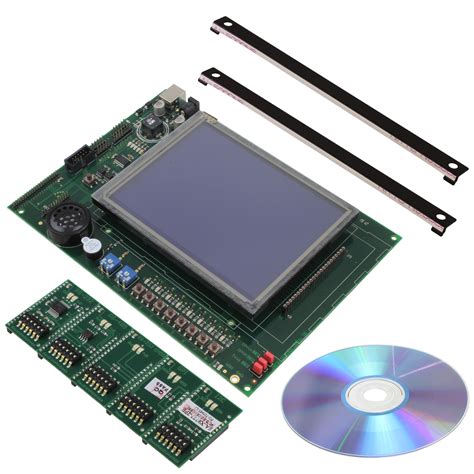
FAQs
What is pcb assembly?
Pcb assembly, or PCBA, refers to the process of soldering electronic components onto a printed circuit board (PCB) to create a functional electronic assembly.
What are the benefits of using advanced techniques in pcb assembly?
Advanced techniques in pcb assembly enhance efficiency, minimize errors, and improve the overall quality of the final product. These innovations often lead to faster production times and lower manufacturing costs.
How do robotics improve electronic component assembly processes?
Robotics play a crucial role in modern pcb assembly, allowing for automation that increases precision and consistency. Robotic systems can handle repetitive tasks with a high degree of accuracy while reducing labor costs.
Can sustainability practices be incorporated into pcba processes?
Yes, sustainable practices can be integrated into pcba processes by using eco-friendly materials, reducing waste, and optimizing energy use during production. This not only benefits the environment but can also result in cost savings.
What future trends should we expect in electronic component assembly?
Future trends in electronic component assembly include increased automation, greater adoption of smart technology for monitoring processes, and innovations that facilitate more modular designs. These advancements will likely drive further efficiencies and precision.
For more detailed insights on pcb assembly, please click here: https://www.andwinpcb.com/pcb-assembly/

